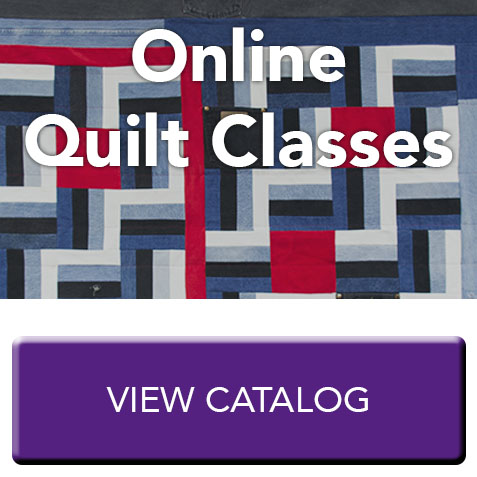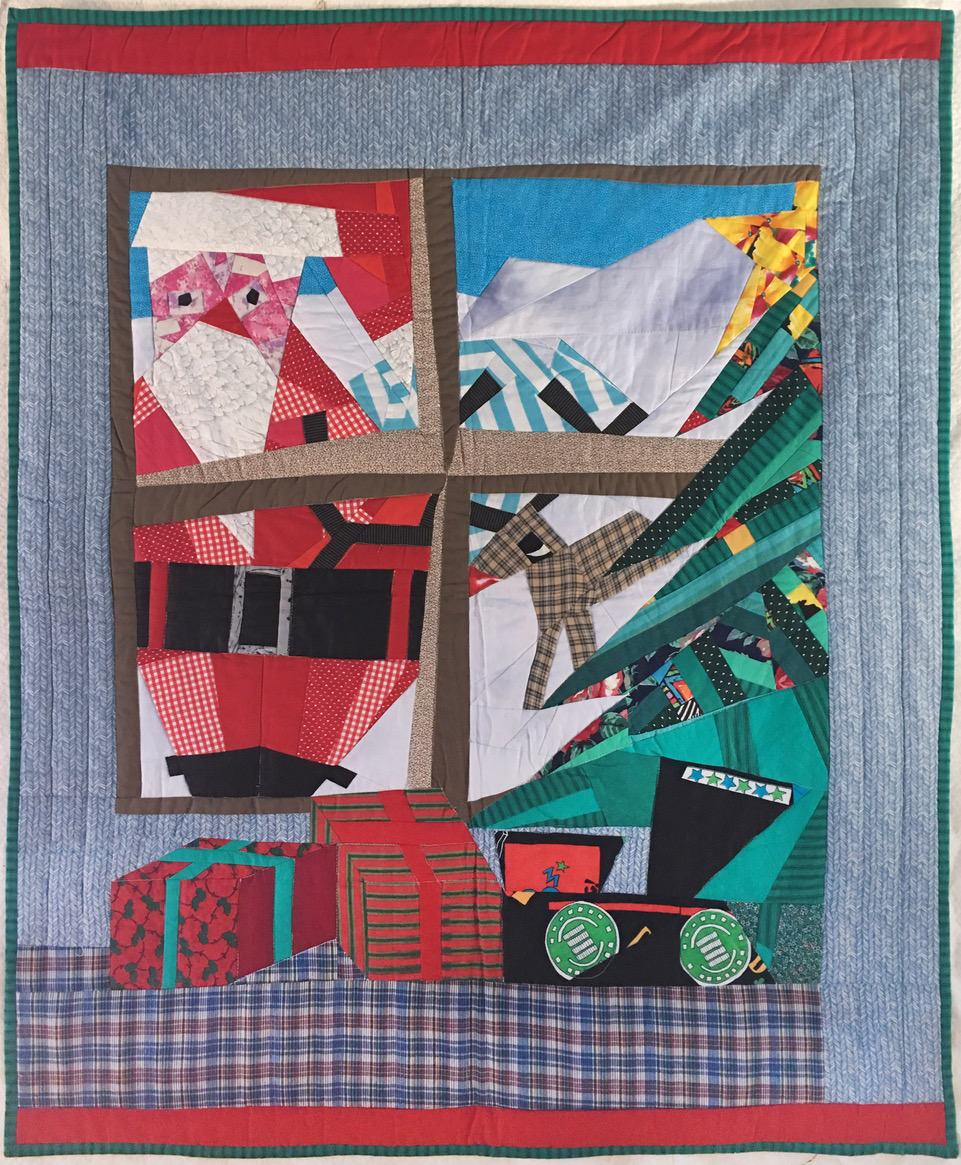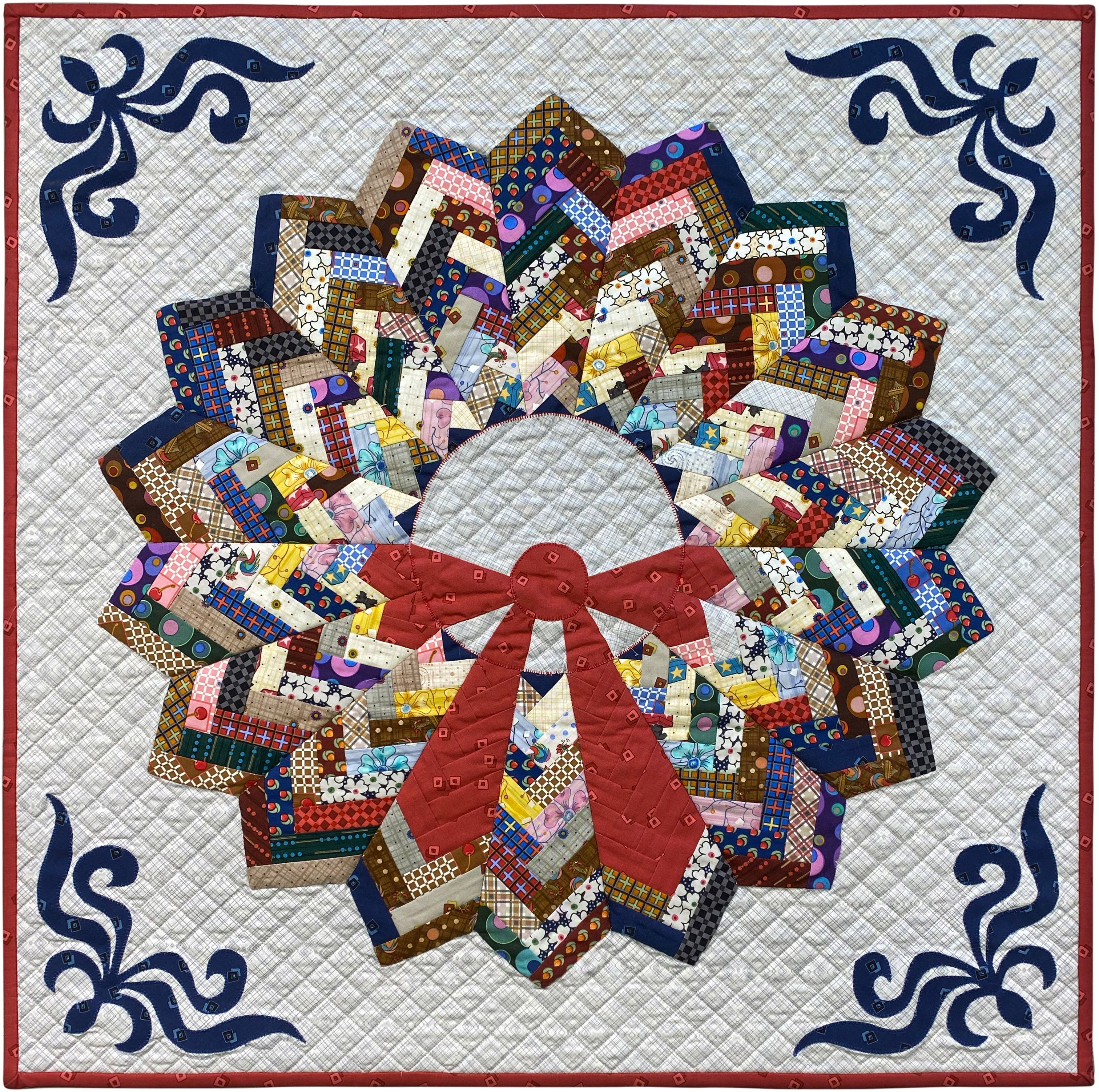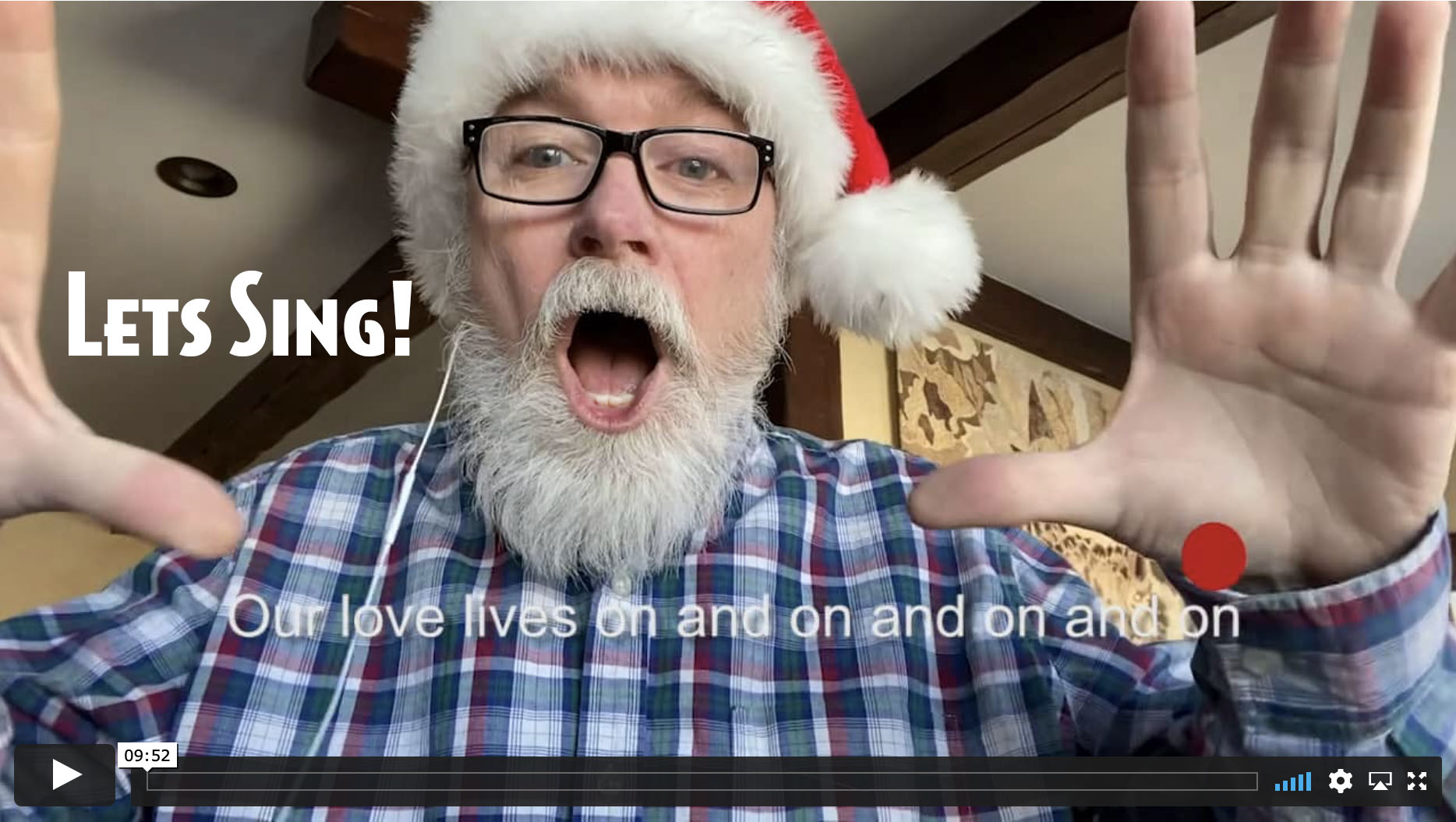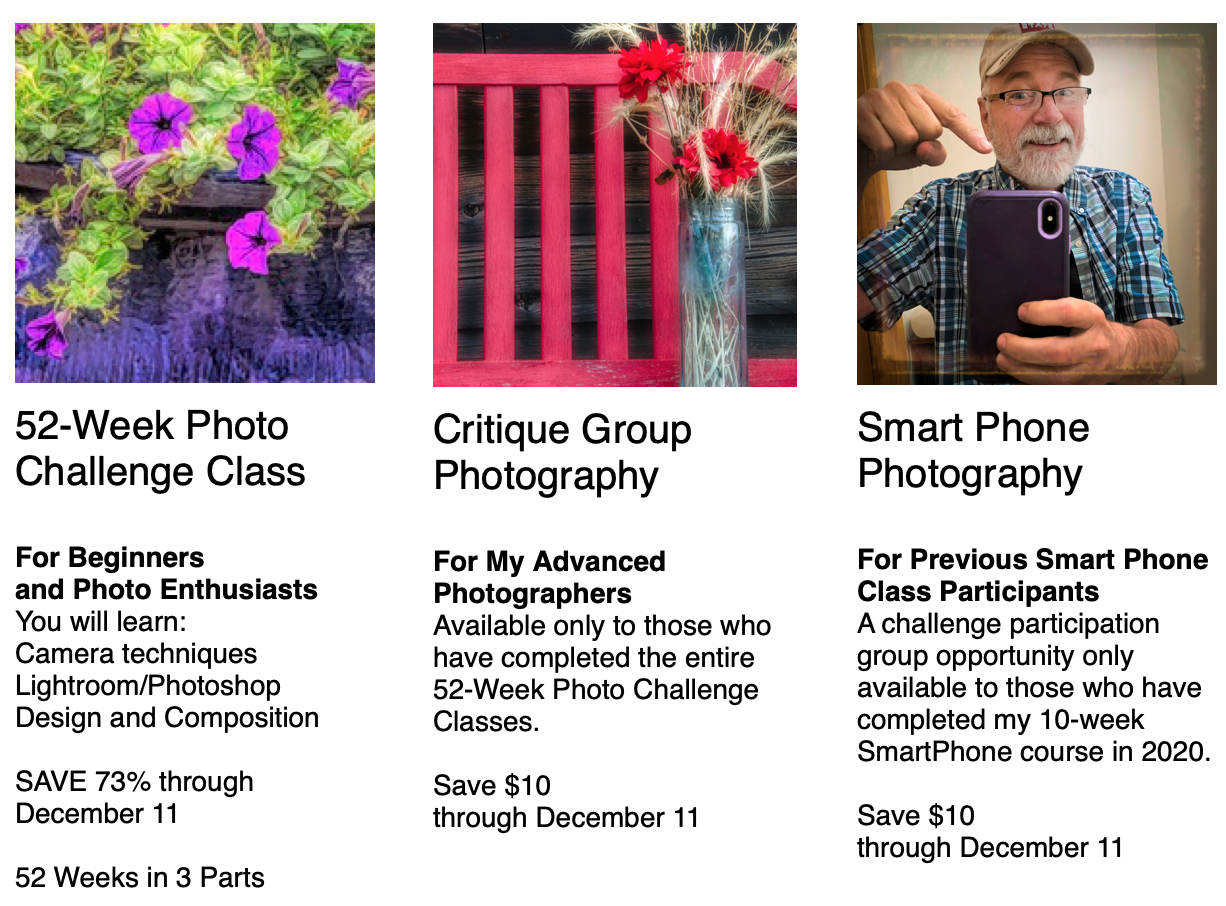|
Baby It's Cold Outside by Ricky Tims The year 1991 was life-changing for me. I started quilting on my own little island, not really knowing any quilters, quilt shops, or quilt guilds. By that Fall I had met a quilter and was invited to a guild. I was absorbing as much as I could and I had learned foundation piecing - and crazy quilting. Early in December, I sketched (not a pattern) out this quilt thinking I could create a Santa, and to keep things not so complex, put him in the attic window setting so it would keep the paper piecing contained. As you see, he is looking inside to where it is cozy and warm...and yes, the title of the quilt is a nod to the song. I wanted to include Rudolf and as you see - I did. But looking back, the funny thing is… if I could, at random, by stewing and studying...figure out all this crazy patchwork…why couldn’t I figure out how to give Rudolf hind legs? I hope you get a kick out of that - no pun intended.
TRY THE JIGSAW PUZZLE Choose your own difficulty. Click the 9-patch grid to change number of pieces. Click the circle arrow to make the puzzle pieces rotating instead of stable orientation. Also, there are tips under the "?" on the upper right of the puzzle. If you'd like a full screen version, click the button below. Have fun! |
